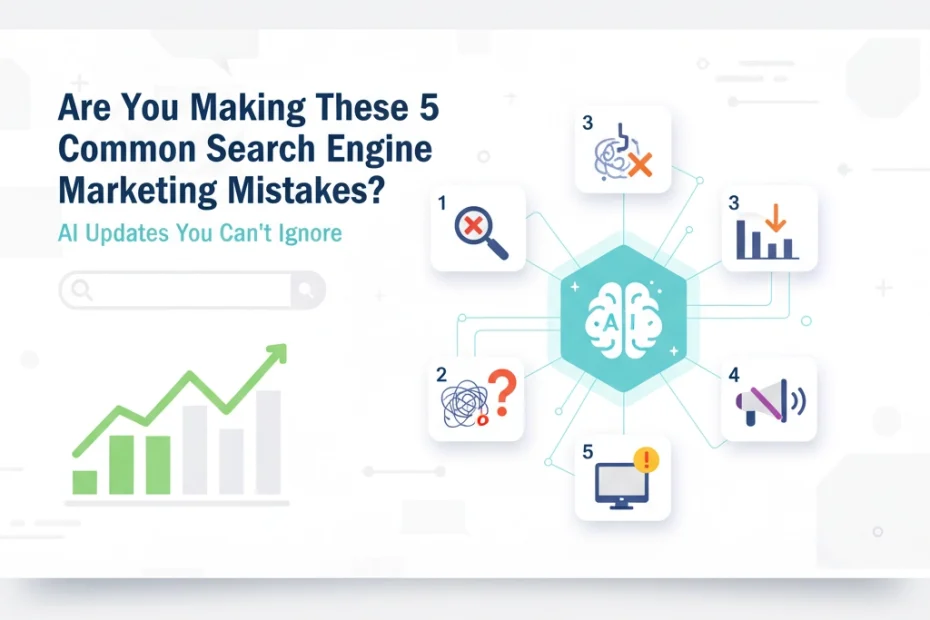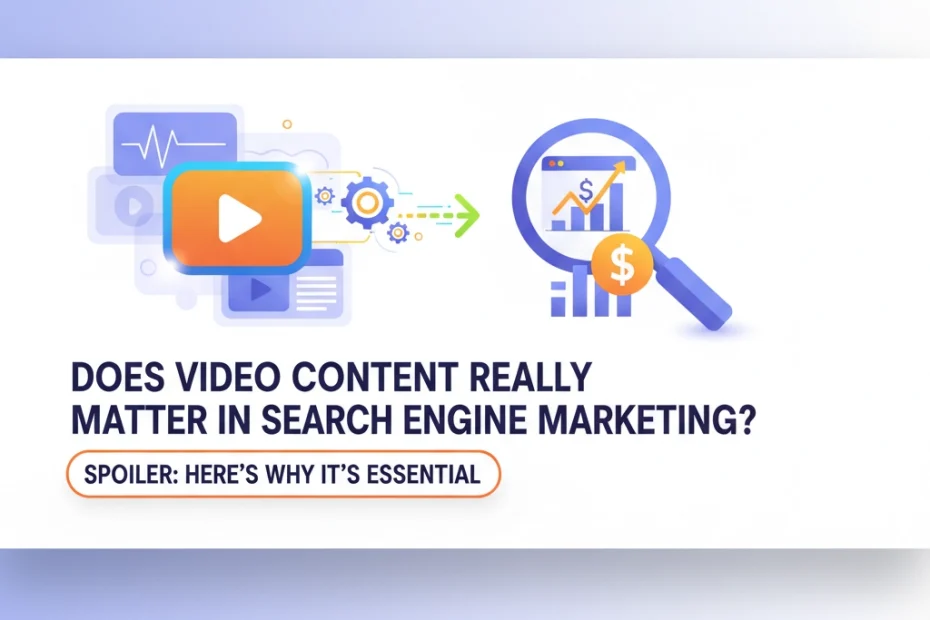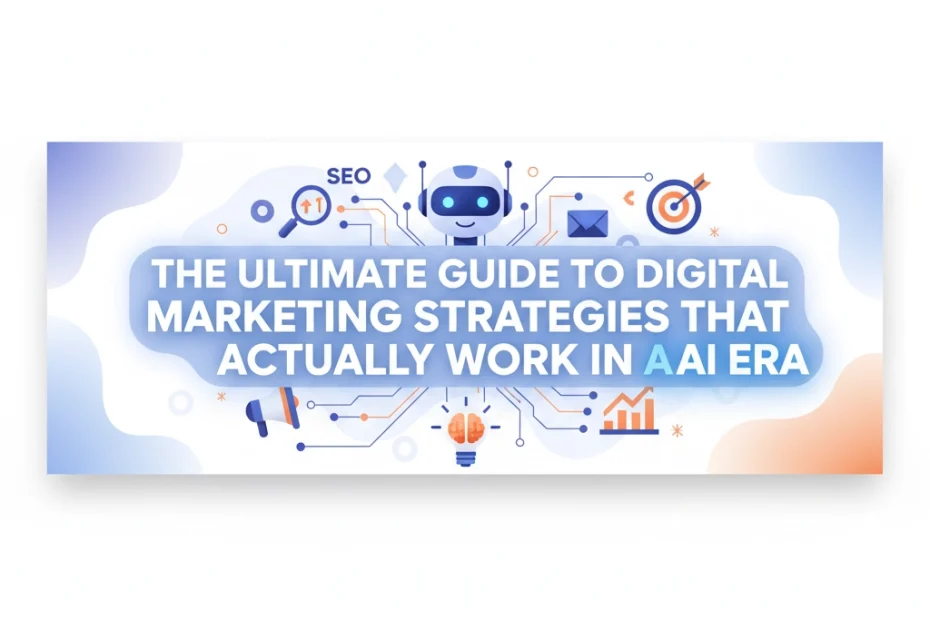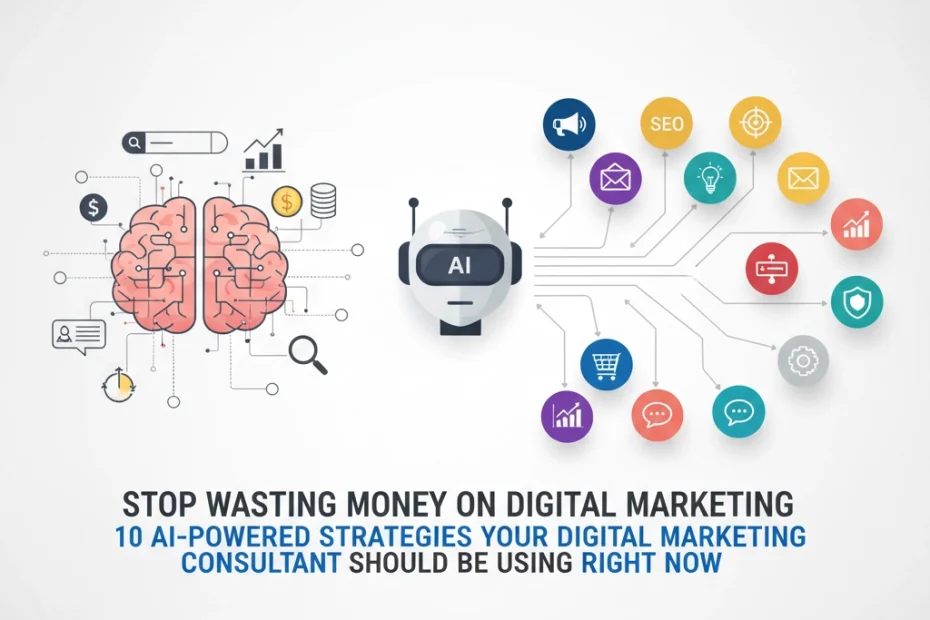Are You Making These 5 Common Search Engine Marketing Mistakes? (AI Updates You Can't Ignore)
Search engine marketing (also know as Paid Search) in 2025 has never been more exciting, or more confusing, which is why search engine marketing mistakes are happening all too frequently. With AI taking center stage and new platform updates rolling… Are You Making These 5 Common Search Engine Marketing Mistakes? (AI Updates You Can't Ignore)



